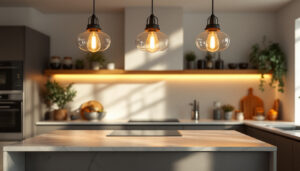
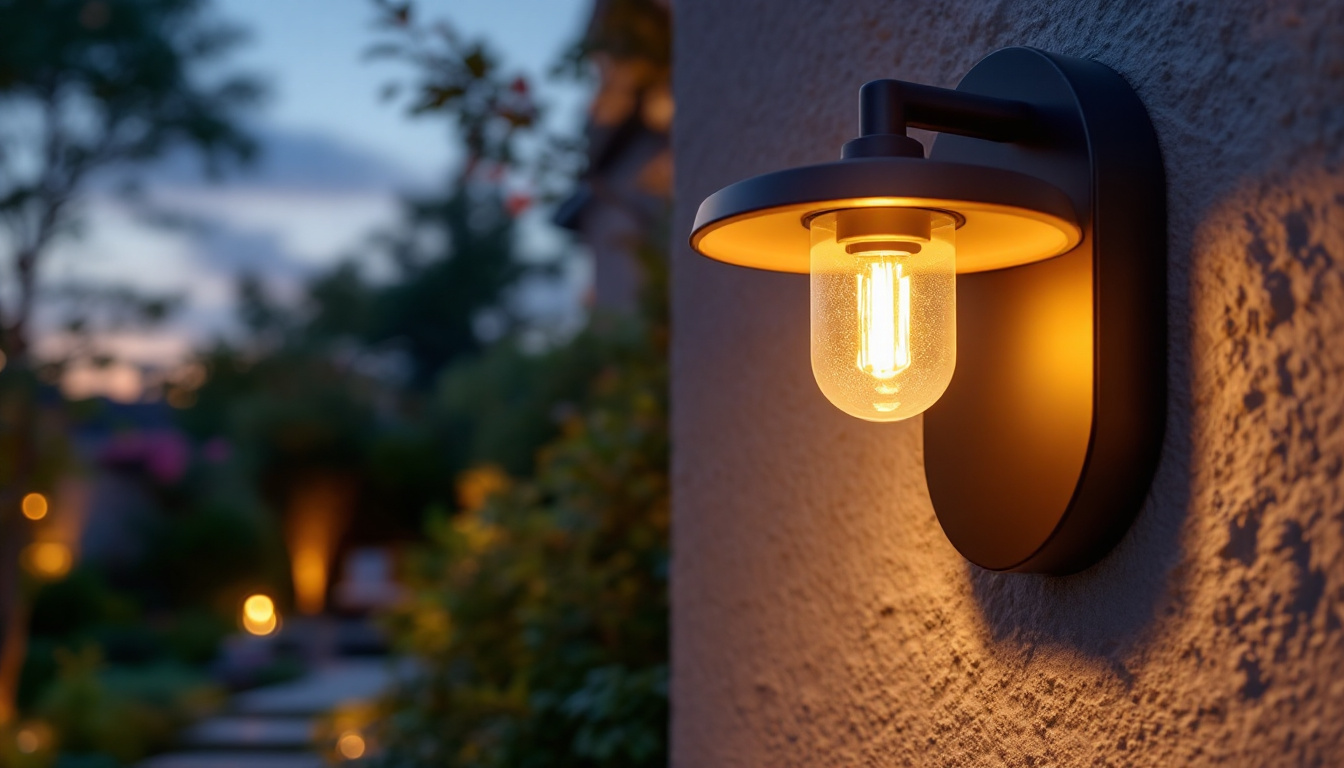
As a lighting contractor, understanding the nuances of outdoor light fixtures is essential for delivering quality installations that meet both aesthetic and functional needs. Outdoor lighting not only enhances the beauty of a property but also ensures safety and security. In this article, we will explore various types of outdoor light fixtures, their applications, and important considerations that every lighting contractor should keep in mind.
Outdoor light fixtures come in various styles and types, each serving a unique purpose. Knowing the differences can help contractors make informed choices for their projects.
Wall-mounted fixtures are popular for illuminating entryways, patios, and decks. These fixtures can be both functional and decorative, adding a touch of elegance to any outdoor space. When selecting wall-mounted lights, consider the height and placement to ensure adequate illumination without causing glare.
Additionally, the choice of materials is critical. Fixtures made from durable materials such as stainless steel or weather-resistant plastics can withstand the elements, ensuring longevity. Contractors should also be aware of energy-efficient options like LED wall lights, which offer significant savings in energy costs. Furthermore, incorporating motion sensors or timers can enhance the functionality of these fixtures, providing light only when needed and increasing security by deterring potential intruders.
Post and lantern lights are often used along pathways and driveways to guide visitors safely. These fixtures can be freestanding or mounted on posts, providing a charming ambiance while serving a practical purpose.
When installing post lights, it’s important to consider the height and spacing to create a uniform lighting effect. A well-planned layout will not only enhance visibility but also add to the aesthetic appeal of the landscape. Additionally, choosing fixtures with decorative glass or intricate designs can elevate the overall look of outdoor spaces, making them more inviting. Some post lights even come with smart technology, allowing homeowners to control the brightness and color temperature from their smartphones, further enhancing the versatility of these fixtures.
Flood lights are ideal for illuminating large areas such as backyards, parking lots, or commercial spaces. They provide powerful illumination and can be adjusted to focus on specific areas, making them versatile for various applications.
Contractors should pay attention to beam angles and wattage when selecting flood lights. A well-placed flood light can deter intruders and enhance security while minimizing light pollution in the surrounding area. Moreover, flood lights can be equipped with features such as dimming capabilities or color-changing options, allowing for customization based on the occasion or season. For instance, a warm glow during the holidays can create a festive atmosphere, while brighter settings are perfect for outdoor gatherings or late-night activities.
When working with outdoor light fixtures, there are several key considerations that contractors must keep in mind to ensure successful installations.
Outdoor fixtures must be designed to withstand harsh weather conditions. Look for fixtures rated for outdoor use, typically indicated by an Ingress Protection (IP) rating. A higher IP rating signifies better protection against dust and moisture, which is crucial for longevity.
Additionally, consider the local climate when selecting materials. For instance, coastal areas may require fixtures that resist corrosion due to saltwater exposure, while regions with heavy snowfall may need fixtures that can handle the weight of accumulated snow. It’s also important to think about the installation location; fixtures placed in shaded areas may require different materials than those exposed to direct sunlight, as UV rays can degrade certain finishes over time. Using durable materials like stainless steel or aluminum can provide added resilience against the elements, ensuring that the fixtures maintain their appearance and functionality for years to come.
Energy efficiency is a growing concern for both contractors and clients. LED fixtures have become increasingly popular due to their long lifespan and low energy consumption. By recommending energy-efficient options, contractors can help clients save on electricity bills while reducing their carbon footprint.
Incorporating smart technology, such as motion sensors and timers, can further enhance energy efficiency. These features allow lights to operate only when needed, providing convenience and additional savings. Furthermore, integrating solar-powered lights can be an excellent option for areas where conventional wiring may be impractical or costly. These lights harness sunlight during the day and illuminate at night, offering an eco-friendly solution that minimizes energy costs while still providing adequate lighting for pathways, gardens, and outdoor living spaces.
The design of outdoor light fixtures should complement the architecture and landscaping of the property. Contractors should offer a range of styles, from modern to traditional, to suit different tastes and preferences.
Moreover, the color temperature of the light can significantly impact the ambiance. Warm white lights create a cozy atmosphere, while cooler lights can provide a more contemporary feel. Understanding the client’s vision will help in selecting the right fixtures that align with their aesthetic goals. Additionally, the placement of lights plays a crucial role in achieving the desired effect; uplighting can highlight trees and architectural features, while downlighting can create a soft wash of light over patios and walkways. Thoughtful layering of light sources can enhance the overall outdoor experience, making spaces feel inviting and safe while showcasing the beauty of the landscape at night.
Proper installation is crucial for the performance and safety of outdoor light fixtures. Here are some essential tips for contractors to consider during the installation process.
Before installation, it’s vital to plan the layout of the lighting. Consider the areas that require illumination and the desired effect. A well-thought-out layout will ensure that light is distributed evenly and effectively throughout the space.
Using a combination of different fixture types can create layers of light, enhancing both functionality and aesthetics. For example, combining pathway lights with wall-mounted fixtures can create a welcoming entrance while ensuring safety. Additionally, think about the height and placement of each fixture; higher fixtures can cast a wider beam, while lower fixtures can create a more intimate atmosphere. Incorporating features such as dimmers or smart lighting controls can also provide flexibility, allowing homeowners to adjust the ambiance according to their needs and preferences.
When working with outdoor lighting, proper wiring is essential to prevent electrical hazards. Ensure that all wiring is rated for outdoor use and protected from moisture. Using conduit can help shield the wiring from the elements.
Additionally, consider the placement of electrical outlets. Having accessible outlets can simplify maintenance and allow for the easy addition of more fixtures in the future. Always adhere to local electrical codes and regulations to ensure safety and compliance. Furthermore, it’s beneficial to use weatherproof junction boxes and connectors to safeguard against water ingress, which can lead to short circuits or other electrical failures. Prior to installation, conducting a site survey can help identify potential obstacles such as tree branches or existing structures that might interfere with the light’s effectiveness.
After installation, testing the fixtures is crucial. Make sure that all lights are functioning correctly and adjust the angles as needed to achieve the desired lighting effect. This step is essential for ensuring client satisfaction and demonstrating the quality of your work.
Encourage clients to provide feedback after the installation, as this can help identify any areas for improvement and enhance future projects. Additionally, consider conducting a follow-up visit a few weeks after installation to assess how the lighting performs in different weather conditions and at various times of day. This proactive approach not only reinforces your commitment to quality but also helps build long-term relationships with clients, who may seek your expertise for future projects or recommend your services to others.
Regular maintenance is key to extending the life of outdoor light fixtures and ensuring optimal performance. Here are some maintenance tips for contractors to share with their clients.
Outdoor fixtures can accumulate dirt, dust, and debris over time, which can affect their brightness and efficiency. Recommend that clients clean their fixtures regularly, using a soft cloth and mild soap to avoid scratching the surfaces.
Additionally, periodic inspections are important. Check for any signs of wear or damage, such as frayed wires or corroded fixtures. Addressing these issues promptly can prevent larger problems down the line.
For fixtures that use replaceable bulbs, remind clients to keep spare bulbs on hand. LED bulbs have a longer lifespan, but they will eventually need replacement. Educating clients on how to replace bulbs safely can enhance their overall experience.
Consider offering a maintenance plan that includes regular check-ups and bulb replacements. This not only adds value to your services but also builds long-term relationships with clients.
As a lighting contractor, understanding the various types of outdoor light fixtures and their applications is vital for delivering exceptional service. By considering factors such as weather resistance, energy efficiency, and design aesthetics, contractors can make informed decisions that meet client needs.
Moreover, proper installation and maintenance practices will ensure that outdoor lighting systems perform optimally and enhance the beauty and safety of properties. By staying informed about the latest trends and technologies in outdoor lighting, contractors can continue to provide valuable expertise in this ever-evolving field.
Ultimately, a well-executed outdoor lighting project not only elevates the visual appeal of a space but also contributes to the overall satisfaction of clients, paving the way for future referrals and repeat business.
Ready to elevate your lighting projects with the highest quality outdoor light fixtures? Look no further than LumenWholesale, where we offer spec-grade lighting products at unbeatable wholesale prices. Say goodbye to local distributor markups and hello to superior lighting solutions that meet the highest industry standards. With our hassle-free bulk buying and free shipping, you can trust that you’re getting premium lighting at the best value — without any hidden fees. Enhance your service offerings and delight your clients with the perfect blend of quality, affordability, and convenience. Visit LumenWholesale today and experience the difference for yourself!
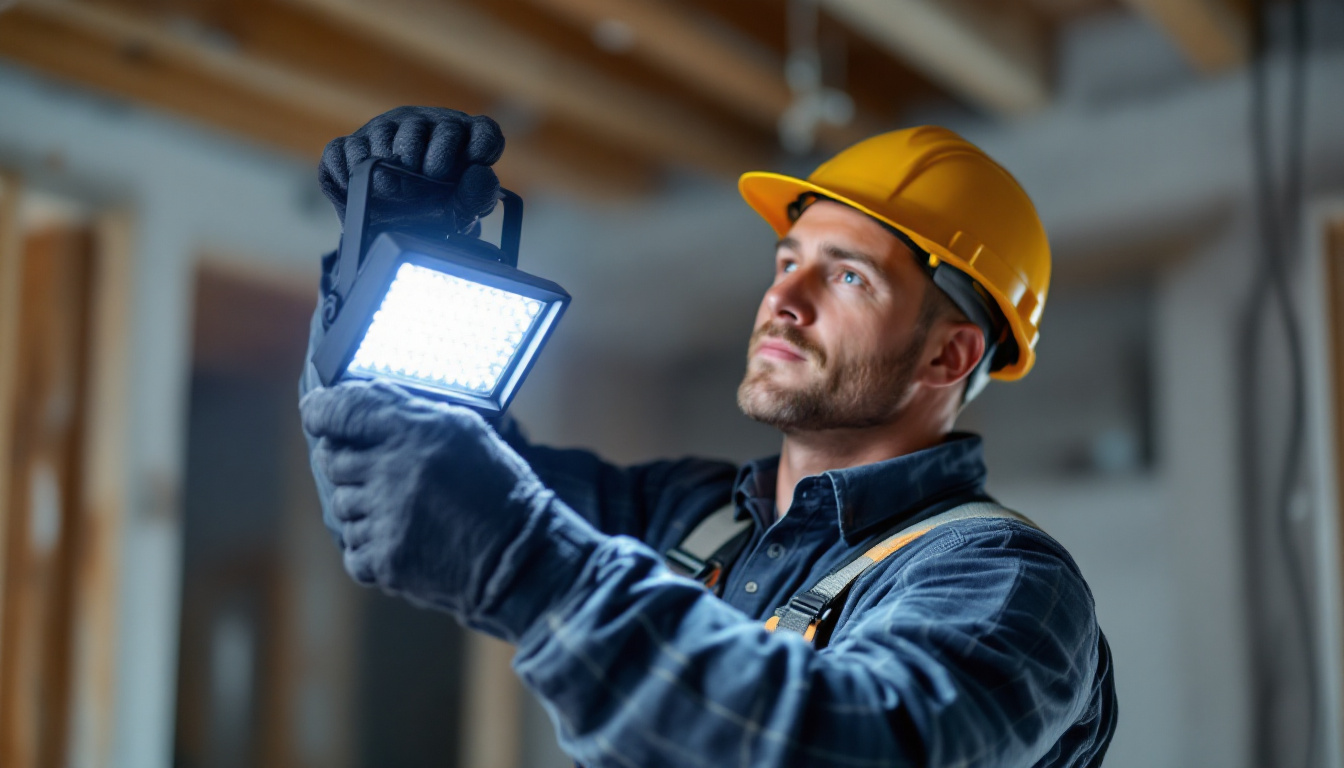
Discover essential insights into work light solutions that every lighting contractor should know.
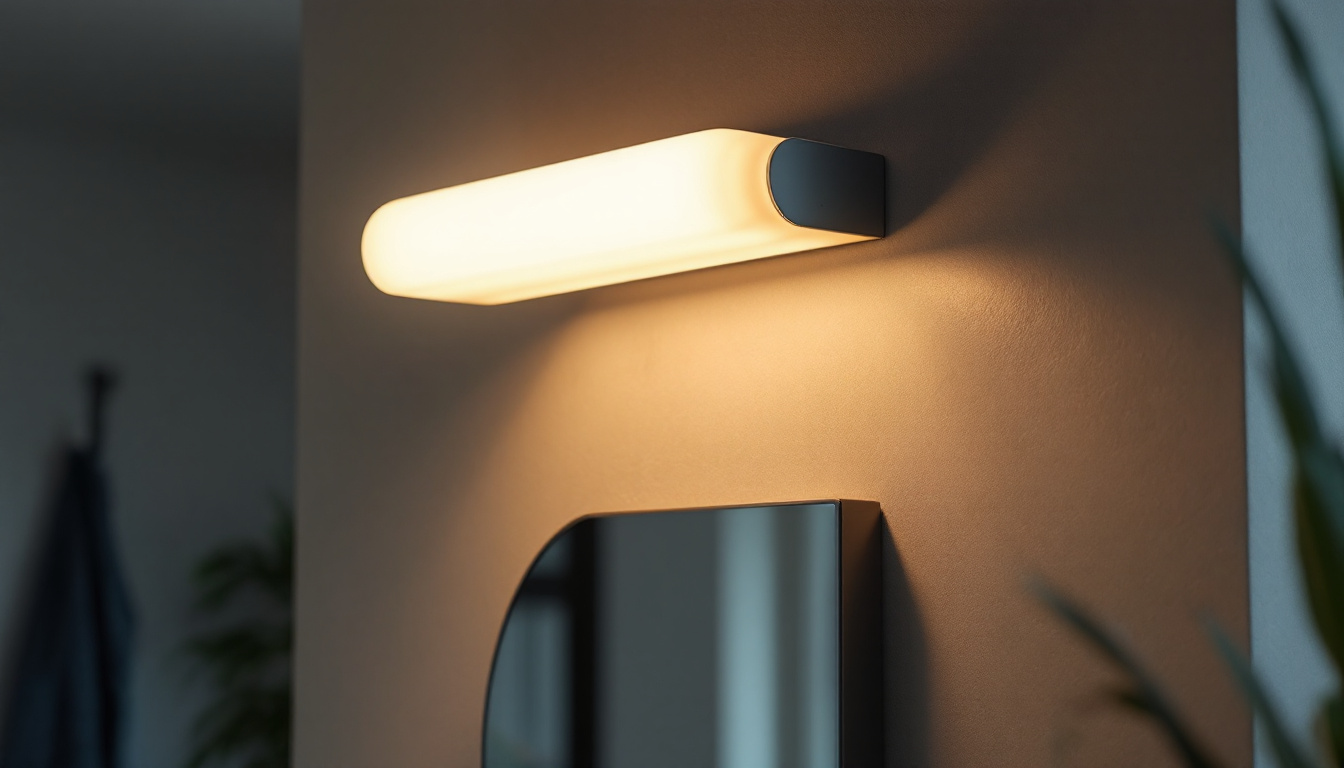
Discover essential tips for selecting vanity light fixtures that stand the test of time.
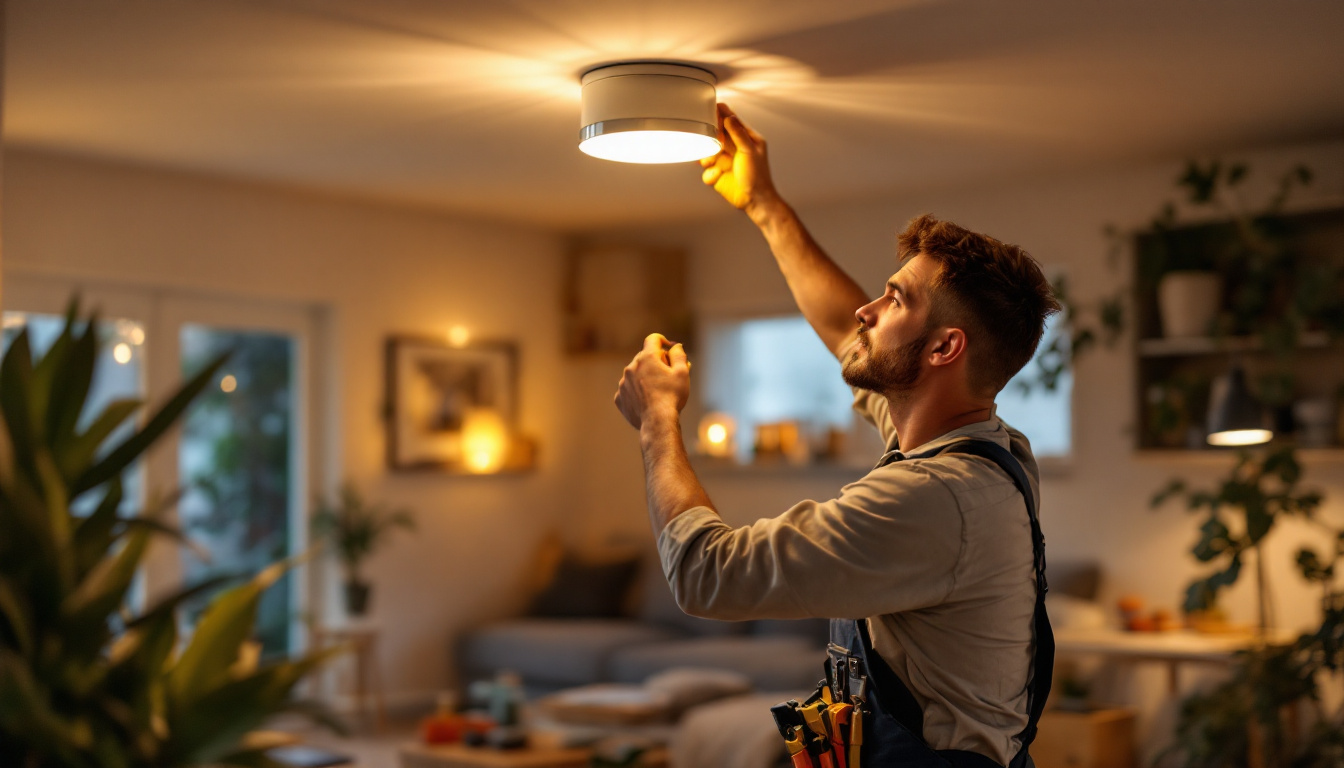
Discover the insider tips and expert techniques lighting contractors use to flawlessly replace canister lights.
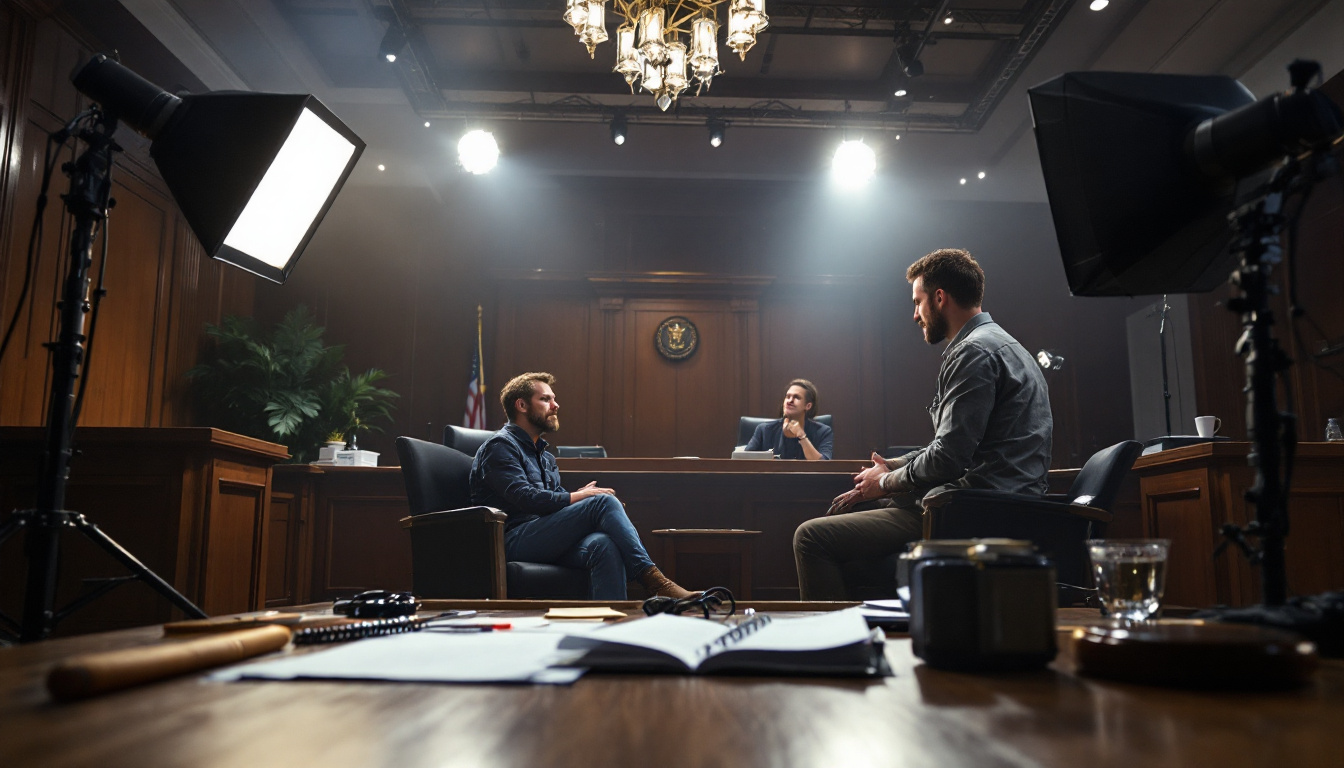
Discover essential tips and strategies for lighting contractors to create the best courtroom environments.
Get notified when NEW deals are released.
Optimize your budget with wholesale discounts.
Only top-quality, specification-grade lighting products.
No additional costs at checkout - what you see is what you pay.
We understand the unique needs of contractors.